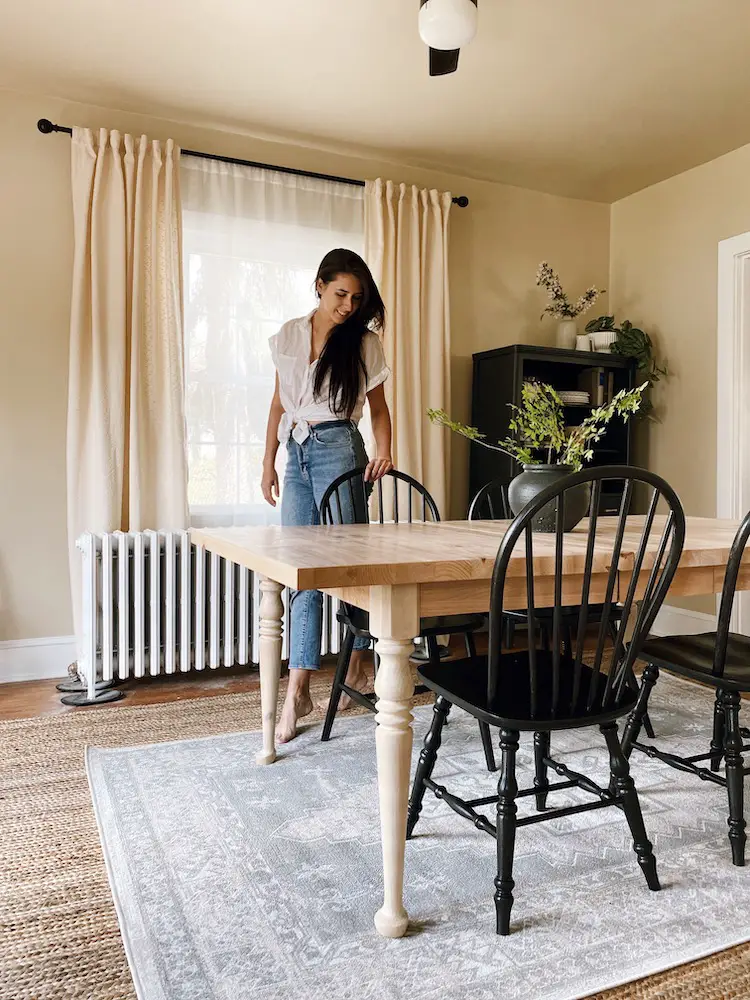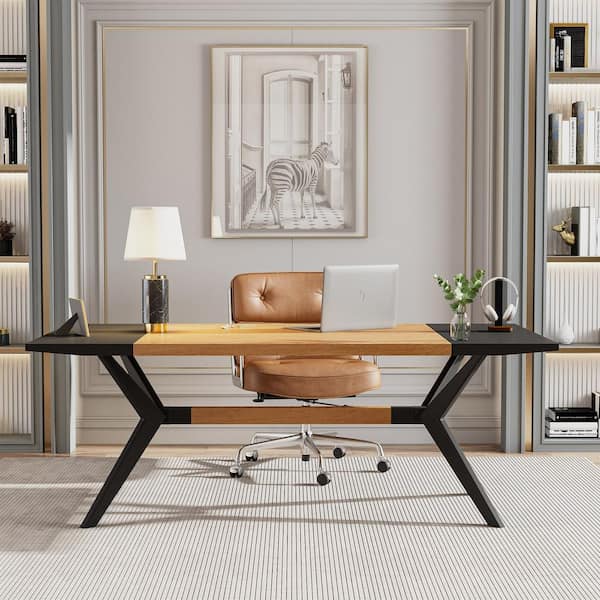Dining Room Table Legs That Incorporate Functionality and Modern Style
Dining Room Table Legs That Incorporate Functionality and Modern Style
Blog Article
Picking the Perfect Eating Table: What Styles Work Best for Your Home?
Picking the optimal table for your home can be a nuanced procedure that balances aesthetics and capability. Whether your space leans in the direction of conventional elegance, contemporary minimalism, rustic charm, or commercial chic, the selection of styles readily available can deal with varied preferences. Each style offers special advantages and difficulties that can either boost or disrupt your eating area's harmony. Recognizing how various materials, shapes, and dimensions interact with your existing decoration is crucial. To browse these selections efficiently and locate a table that truly matches your home, take into consideration the following elements in information.
Assessing Your Area
Assessing the measurements and layout of your dining area is a critical first step in selecting the best table. Begin by gauging the size and size of the area, accounting for doorways, windows, and other architectural features that could influence table placement. This guarantees that your table not only fits however likewise enables for comfortable motion around it.
Think about the number of people you usually amuse. A table must fit your family's everyday requirements while using adequate versatility for occasional guests. Generally of thumb, allocate at the very least 24 inches of table size each to make sure a comfortable dining experience.
It's also necessary to preserve suitable clearance around the table. Ideally, there should go to the very least 36 inches between the table edge and wall surfaces or various other furniture, enabling very easy accessibility and motion. For spaces where chairs with arms or additional storage space systems like buffets are involved, increasing this clearance to 48 inches is suggested.
Illumination and environment play significant duties also. Make certain that your dining table aligns with existing lights fixtures or prepare for appropriate lighting remedies. This extensive spatial assessment warranties that your dining table not just fits physically yet likewise integrates with your space's overall performance and aesthetic.
Popular Table Styles

Conventional table frequently feature ornate information, bent legs, and abundant wood surfaces, evoking a feeling of classic style. They are best for homes with traditional design or those wanting to add a touch of refinement to their eating location.
Modern eating tables focus on simplicity and clean lines, typically including materials like glass and metal. These tables are perfect for contemporary rooms, supplying a smooth and uncluttered appearance that matches minimalist layout ideologies.
Rustic dining tables, on the other hand, stress natural materials and a handmade appearance - dining room table legs. They often include recovered wood and a troubled finish, developing a warm and inviting environment. These tables work well in farmhouse-style homes or those looking for a comfortable, natural feeling
Industrial dining tables integrate resources such as metal and wood, usually showcasing an utilitarian visual. This style is fit for loft spaces or urban areas, adding a touch of tough charm and longevity to the dining experience.
Each design provides distinctive advantages, making it crucial to select one that straightens with your home's overall layout and your personal choices.
Product Choices
When picking a dining table, the option of product plays an important duty in figuring out both the table's aesthetics and performance. Timber, metal, glass, and composite materials each deal unique benefits and obstacles, making it vital to straighten the material with your home's design and way of living needs.
Wood is an ageless and functional option, available in ranges such as oak, walnut, and mahogany. Recognized for its durability and warmth, wood matches both typical and contemporary interiors. It needs routine upkeep to protect against scrapes and warping.
Metal tables, frequently crafted from stainless steel, aluminum, or wrought iron, are applauded for their contemporary allure and effectiveness. They are specifically matched for commercial or minimal setups yet can be vulnerable to damages and might really feel cool to the touch.
Glass eating tables bring an air of style and visibility, perfect for smaller sized rooms as they develop an impression of more area. While very easy to tidy, glass can be prone to spots and calls for mindful taking care of to stay clear of chips and splits.
Composite products, such as MDF and plywood, deal more info here economical and adjustable services, though they may lack the longevity of all-natural products. Choosing the best material guarantees your eating table is both a practical possession and a visual joy.
Sizes And Shape Considerations
After identifying the ideal material for your eating table, the next factor to consider is selecting the ideal shape and size to match your area. Alternatively, round tables cultivate a sense of intimacy and are superb for smaller eating areas, motivating discussion by eliminating edges and making every person feel similarly consisted of.
As a policy of thumb, assign at the very least 24 inches of table width per person to ensure comfortable dining. Additionally, consider the table's clearance space: there ought to be at least 36 inches between the table edge and the wall surfaces more info here or various other furnishings. Expanding tables supply adaptability if you regularly hold larger events, offering additional seating when required without inhabiting additional area daily.
Matching Your Design
Picking a table that harmonizes with your existing style is essential in producing a cohesive check this site out and welcoming space. Begin by assessing your present interior decoration style, whether it be contemporary, traditional, rustic, or diverse. The table should match the overall visual, not take on it. As an example, a smooth, minimalist table with tidy lines is perfect for a modern-day home, while a vintage, elaborate table suits a much more conventional setup.
Shade and product are equally substantial. If your decor features warm tones and all-natural products, consider a wood table to boost the organic feel. On the other hand, a glass or steel table may be better in a space dominated by great shades and industrial elements. Pay interest to the coating, as it needs to mirror other furniture and fixtures to preserve consistency.
A rough-hewn, redeemed timber table can add character to a rustic room, while a sleek marble surface area can raise an elegant dining location. A well-matched eating table not only enhances aesthetic charm but also enriches the total dining experience.

Verdict
Picking the excellent dining table requires cautious factor to consider of space, style, materials, form, and dimension (dining room table legs). Typical tables complement traditional interiors with abundant timber coatings, while modern tables suit contemporary settings with glass and steel. Rustic layouts present heat via natural materials, and industrial styles improve metropolitan atmospheres with raw components. Integrating the table with existing style ensures both functionality and visual appeal, adding to a cohesive and visually pleasing dining area.
Report this page